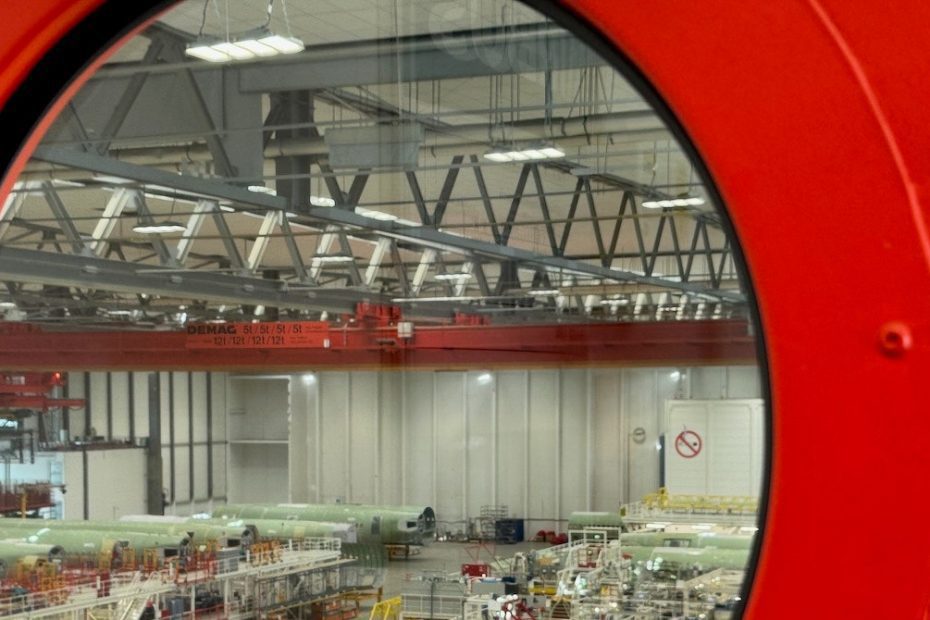This story is originally appeared on WIRED Italia and has been translated from Italian.
This is the most important moment in the life of a passenger aircraft: the moment when the new owner signs and picks up the aircraft, similar to a driver picking up a new car from a dealership.
The plane in question is an Airbus A321neo and is parked at Hamburg-Finkenwerder, the German city's second airport, which Airbus uses for testing, logistics and delivery of aircraft to customers. Gathered around the plane are pilots and cabin crew, as well as two executives from Wizz Air, the Hungarian low-cost airline that is about to take delivery of the plane.
Airlines and manufacturers never disclose how much they pay for individual planes, partly because prices depend on many factors, including the number of planes purchased and the commercial history of each individual airline, but buying a plane is never cheap. The base price of a single Airbus A321neo is estimated at around $110 million.
This particular aircraft, registered by Wizz Air as H9-WNM, was produced at Airbus’s Hamburg facility in just over a year. The location is one of four production centers for the company, with the others being located in Toulouse, France; Mobile, Alabama; and Tianjin, China. These massive manufacturing facilities, known as final assembly lines (FALs), are where a plane’s structural components, onboard electronics, hydraulic and mechanical components, and other parts all come together.
The final arming process of an Airbus A320neo in Hamburg.Photo: Antonio Dini
But before these components reach the FAL, they have to be manufactured. Some are made internally by Airbus, others by third parties, and putting them together requires dozens of factories and centers around the world. And then there’s the enormous logistical challenge of bringing them all together. This complex ballet involves shipping by boat, rail, road and air, with a small fleet of specialized transport planes known as Belugas playing a key role. These planes, whose enormous size makes them resemble beluga whales, are created by Airbus to move large components such as fuselages between production centers.


